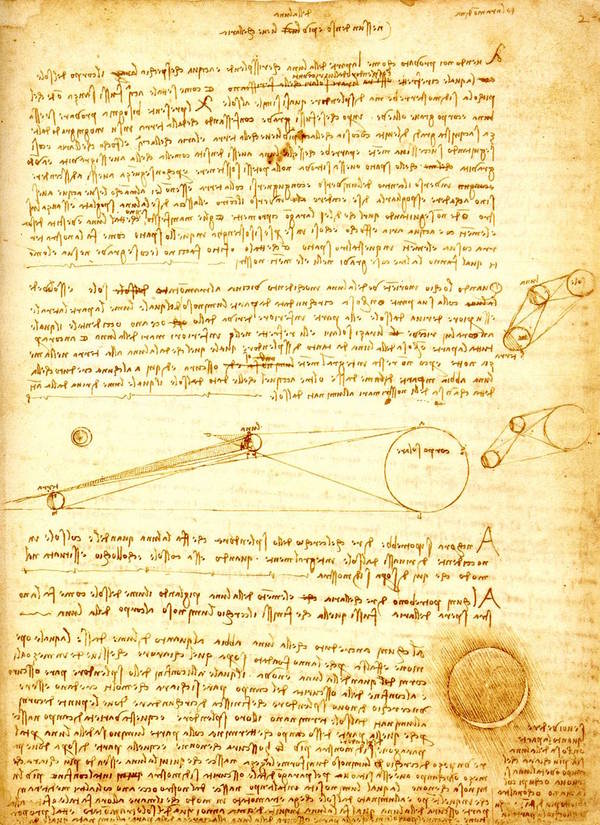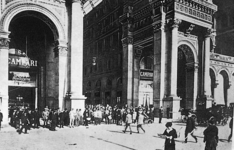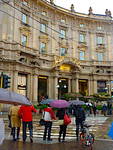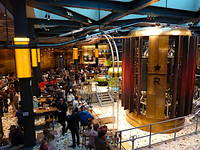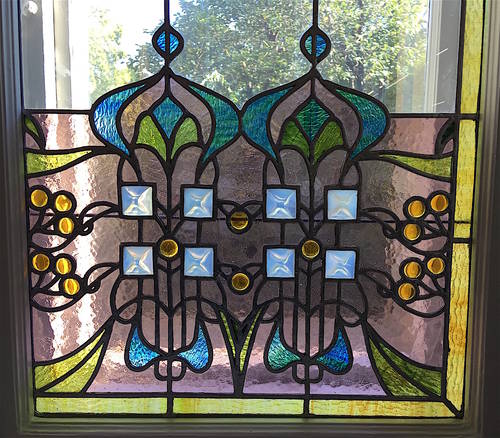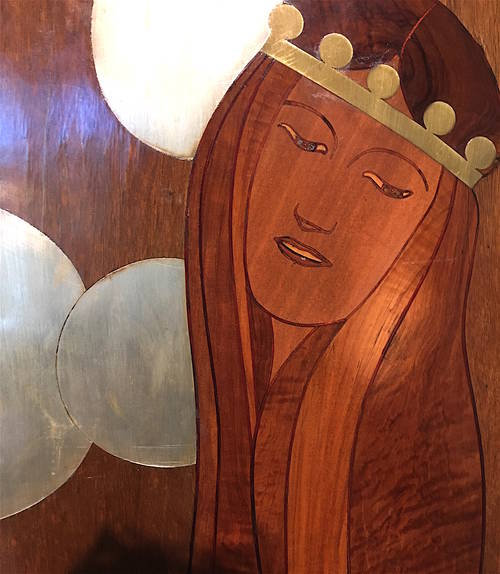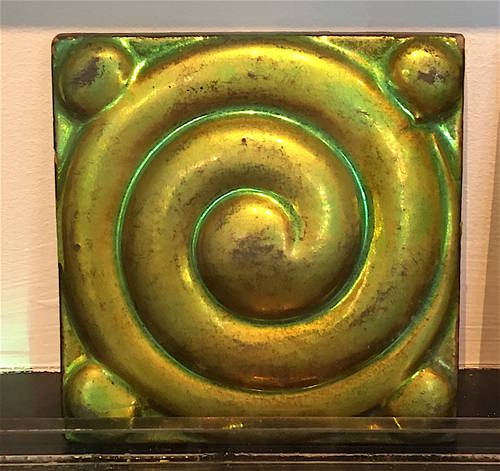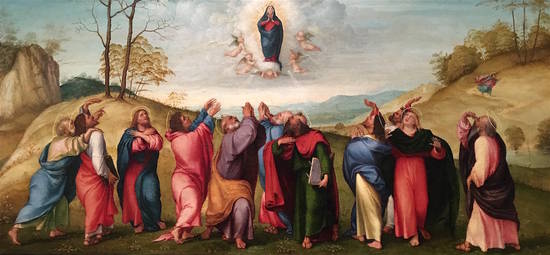
“Lorenzo Lotto. Portraits” is the title of an exhibition currently running at the National Gallery in London. It has come from the Prado in Madrid, in slightly slimmed-down form. Not all of the works on show in the Prado can be seen in London (the catalogue is teasingly tantalising in this regard) but there are still a great many treats in store. This is a splendid show, for anyone who already loves Lorenzo Lotto just as much as for those who have yet to be introduced to him.
Lotto was born in Venice in 1480. He was greatly influenced by the school of art of his native city but his working life was an itinerant one, spent in Treviso, Bergamo, Venice and the Marche, where he died. He was a deeply religious painter and has left behind him many altarpieces (the devotion often leavened with an infectious sense of fun) but his bread and butter also came (when it came—and in Lotto’s case it was always intermittent) from portraiture, likenesses of members of the increasingly affluent and aspirational middle class of administrators, clerics, artisans and merchants.
The painting which begins this article, the Assumption of the Virgin from the Brera in Milan, is not part of the current show. The reason for including it here is because it epitomises the art of Lotto. He was of all the Renaissance masters the one with the greatest sense of humour. Here we see the Virgin, borne aloft on her statutory latex cloud, with the Apostles agog and incredulous beneath her. But Lotto makes us laugh with the witty details. One of the Twelve has taken out his pince nez, the better to view the spectacle. Another, Doubting Thomas, is in danger of missing the whole show. We see him off to the right, sprinting down the mountainside, drapery afloat. We can almost hear him crying, “Wait for me!”
If this is the Lotto you love, this exhibition will show you another side of him. There are not many jokes here, probably because his sitters didn’t want to be made fun of—nor did the artist dare to poke fun, in case he did not get paid. A good many of the works displayed here were painted in exchange for bed and board. Lotto never had much money.
Nevertheless, he loved a game and he loved a symbol. Some of the portraits include an elaborate rebus, playing on the sitter’s name. Lucina Brembati, for example, wealthy matron of Bergamo, is portrayed (c. 1528; on loan from the Accademia Carrara) with a crescent moon in the top left-hand corner, with the lettters ‘CI’ included within it. The Latin LUNA (moon), with the addition of CI, makes the name Lucina. Another Bergamo patron, painted in 1523 (on loan from the Hermitage), earnestly points to a red squirrel, rather bizarrely (but very sweetly) asleep beneath his cloak. It stands for constancy, a virtue that this new bridgeroom (portrayed with his very young and scared-looking wife) is going to do his level best to embody.
One of the heaviest symbolic portraits is the very first in the exhibition, the warts-and-all likeness of Bishop Bernardo de’ Rossi (1505; lent by the Museo di Capodimonte, Naples), a well-fed young thug with incipient rosacea, clutching a scroll which may allude to a successful lawsuit brought against opponents who had plotted his assassination. The portrait originally had a cover, likewise painted on a wooden board, an elaborate allegory of the progress of the soul. On the right we see a spent and drunken satyr, having given the best of himself to wine. On the left, an immature putto cluelessly dabbles with Art and Science, embodied by a pair of compasses and a recorder and pipes. Above them a tiny figure—De’ Rossi’s soul?—studded with four pairs of wings like a seraph, is determinedly making his way up a steep cliff towards a mackerel sky, as blushful as the bishop’s own complexion.
Let us not say, then, that the exhibition contains no jokes. There is a particularly good one in the portrait of Andrea Odoni (1527) from the Royal Collection in London. The wealthy Venetian antiquary poses with his treasures: a head of Hadrian, a Diana of Ephesus. Behind him stand two more: a Venus at her bath, foot daintily raised above a basin of water, into which a statuette of a drunken Hercules is casually urinating.
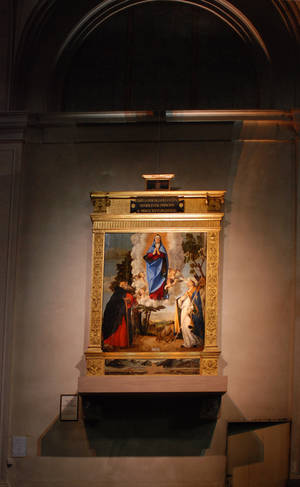
Even in his altarpieces Lotto includes portraits. One of the delights of this show is the altarpiece of the Assumption from the cathedral of Asolo in the Veneto. In situ it is difficult to appreciate because it can only be viewed from a distance. Here in London, one can get right up to it and inspect the features of the Virgin as she ascends on her cloud. This is no saintly Mother of God. She has been given the mature, worldly features of the redoubtable Caterina Cornaro (1454–1510), Venetian noblewoman and sometime Queen of Cyprus, who retired to Asolo and gathered about her men of literature and learning. The font in Asolo cathedral bears her coat of arms.
As the exhibition catalogue admits, “Lotto was not the greatest portraitist in Renaissance Italy and Titian has a better claim to this privileged title in Venice; yet no other painter’s portraits—not even Titian’s—could probably stand up to such a major exhibition without seeming monotonous or creating a sense of déjà vu.”
It is true. In Venice, Lotto (1480–1556) was completely surpassed by Titian (1488–1576). In Bergamo by Moroni (1520–79). His draughtsmanship (particularly of the sitters’ hands) is often clumsy. But the life of the imagination and the sense of personality is never so vivid or so manifoldly felt as it is in the idiosyncratic works of poor Lorenzo Lotto.

Poor Lorenzo. In 1542 he painted what might be his self-portrait, among the paupers begging for alms in the wonderful Charity of St Antoninus altarpiece from the church of Santi Giovanni e Paolo in Venice (one of the wonderful things that the show achieves is to have found a rug that matches the pattern of the carpet in the painting). Four years later, in Loreto, Lotto made his will. “Art,” he admitted, “did not earn me what I spent.” He died in 1556, melancholy and discouraged, in penury. A painting containing another putative self-portrait survives in Loreto, a Christ and the Adulteress (c. 1550), where a bearded figure in the crowd puts his finger to his lips in a gesture that warns us to “Speak no evil.” It is tempting to believe that Lorenzo Lotto was just such a man: broad-minded, tolerant and merciful.
This exhibition is poignant in the way it reveals to us a genius unrecognised in his lifetime and the injustice that that entails. We still have not learned to spot talent until it is too late. This show reveals to us an artist who, in a way that so many artists do not, leaves traces of himself in all his works. Lorenzo Lotto speaks to us down the centuries. We long to tell him how much we would have appreciated his work—if only we’d been there.
Lorenzo Lotto. Portraits. At the National Gallery, London until 10th February 2019.







